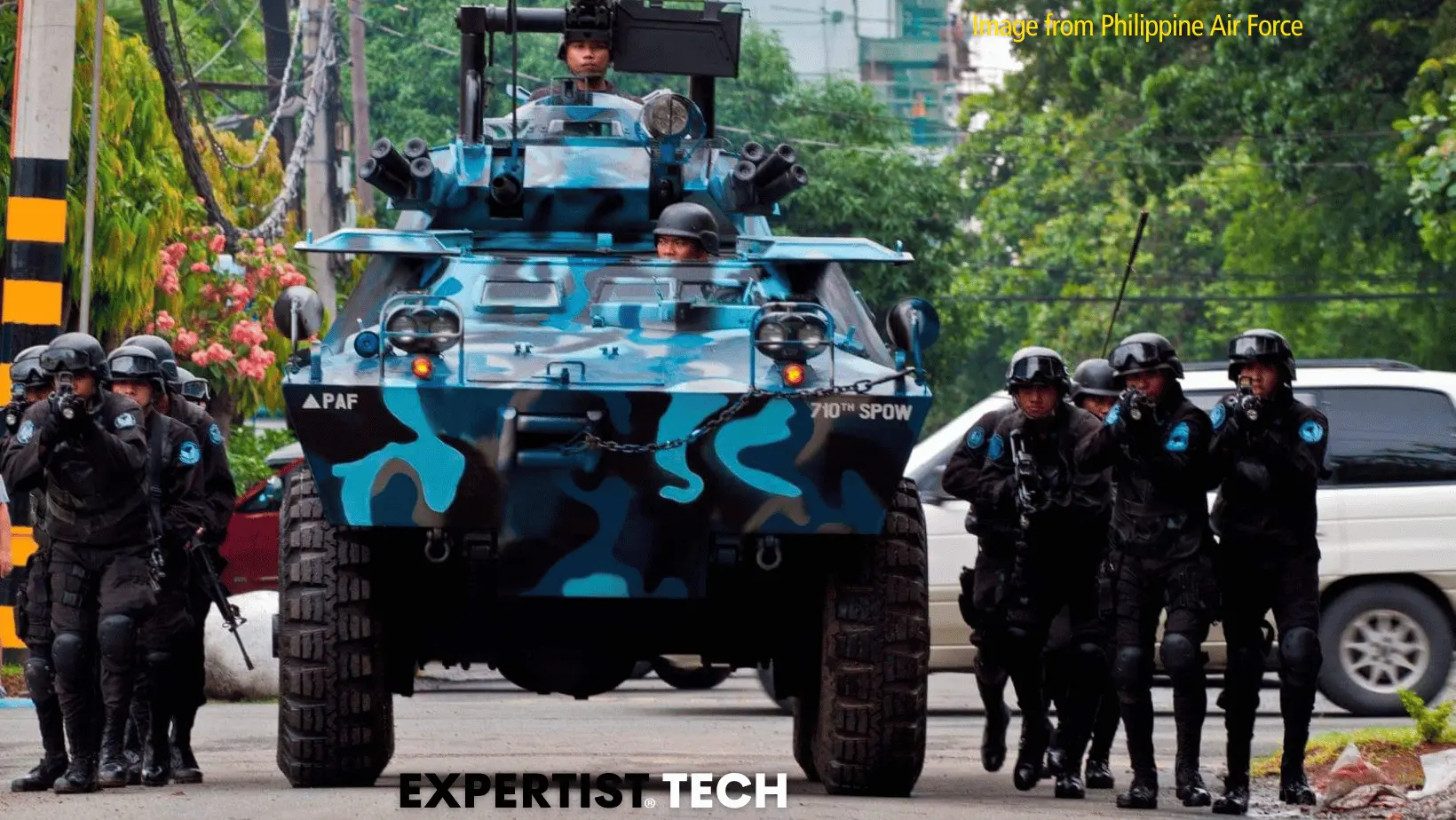
How to Join the PAF 710th Special Operations Wing in 2025
The 710th Special Operations Wing (710th SPOW) is a Philippine Air Force (PAF) unit. Here’s a simple guide on how to join the 710th SPOW.

The 710th Special Operations Wing (710th SPOW) is a Philippine Air Force (PAF) unit. Here’s a simple guide on how to join the 710th SPOW.

If you aspire to join the Philippine Army Light Reaction Regiment and serve your country, this guide is for you!
Copyright © 2025 | WordPress Theme by MH Themes